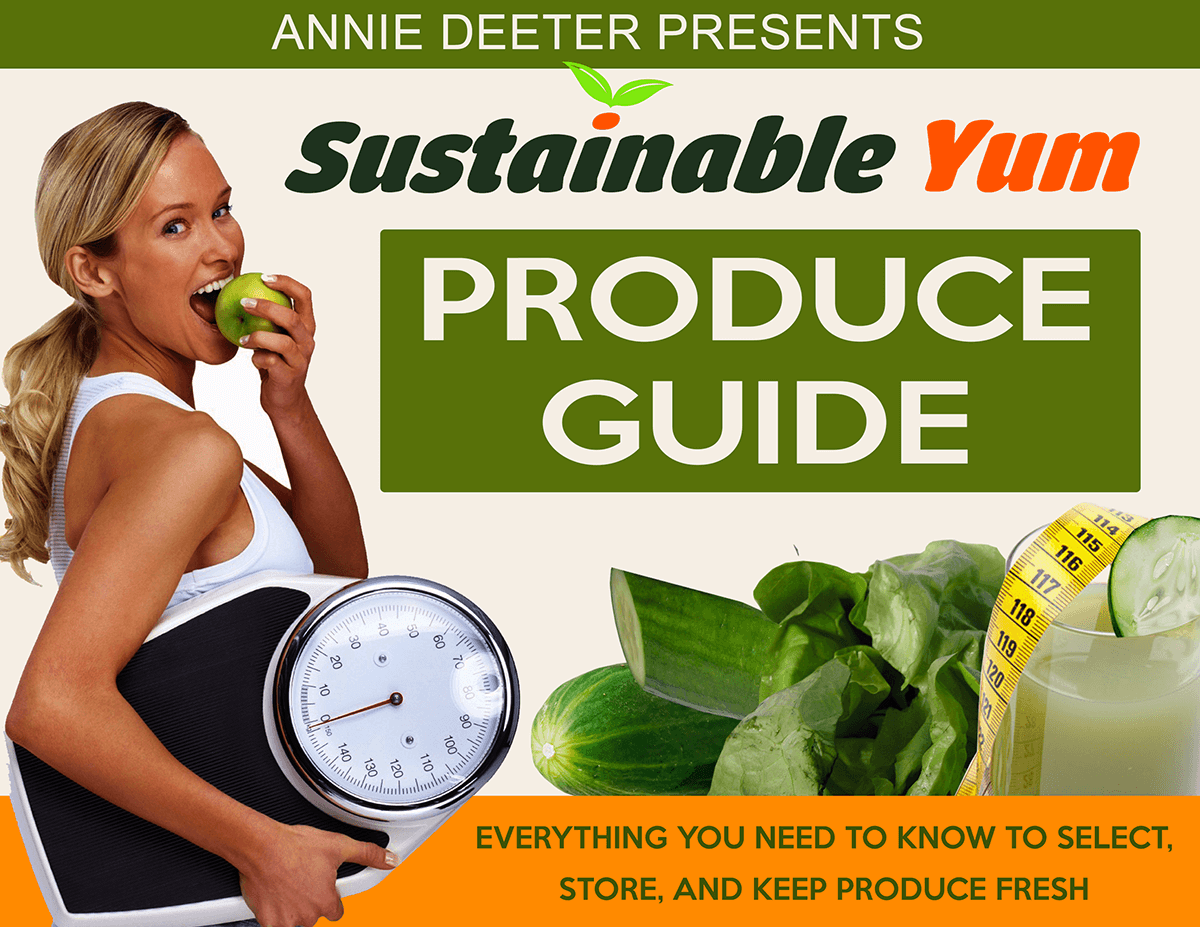
Oatmeal and other common children’s breakfast foods made from oats contain glyphosate residues, 2018 study finds.
The August 2018 Environmental Working Group report on glyphosate contamination of children’s oat breakfast foods was perhaps the first spark that ignited interest in protecting children from glyphosate exposure. A newly proposed bill would ban the pre-harvest spraying of glyphosate on oat crops.
And while glyphosate has been banned, along with all other synthetic pesticides from retail stores in Portland, Maine as well, make no mistake, glyphosate use in the United States is not going down.
Now, as if that weren’t enough to set parents, pediatricians and families on edge, a new study reported by TIME magazine in March of this year states that exposure to ‘the most commonly used pesticides’ by pregant women was linked to higher risk of autism spectrum disorder in their children.
Glyphosate Use in the US
Interestingly, this National Agriculture Statistical Service Table cited in the Trends in Glyphosate Herbicide Use in the United States and Globally, published in 2016, and showing glyphosate use from 1990 to 2014, oats are not even listed as an individually monitored crop.
Glyphosate active ingredient applied to major crop in the U.S., 1990–2014
1990
1995
2000
2005
2010
2014
Soybeans
2,663,000
7,628,350
43,870,826
72,043,130
107,697,606
122,473,987
Corn
880,066
2,620,860
4,779,306
25,587,085
69,494,324
68,949,452
Cotton, upland
192,429
1,013,052
10,145,096
16,308,461
17,815,794
17,421,787
Wheat, winter
331,758
239,051
1,702,193
5,045,592
13,922,880
12,353,488
Alfalfa
381,525
402,666
422,334
469,539
479,184
8,853,600
Wheat, spring (excl. durum)
90,659
416,744
1,892,420
2,203,603
4,128,957
4,217,788
Sorghum
236,305
751,913
1,540,931
2,652,943
3,924,301
4,178,573
Sugar beets
36,130
59,012
87,439
118,139
2,226,610
2,763,075
Canola
0
0
552,632
647,368
1,284,317
219,392
Oranges
885,201
1,149,594
1,487,882
1,898,798
1,631,050
1,683,156
Wheat, spring durum
75,308
199,483
450,635
444,785
1,190,234
1,201,807
Barley
13,168
45,563
248,554
658,954
996,626
1,064,160
Other crops
1,897,522
2,733,922
3,736,751
4,249,288
4,648,224
4,526,043
Total crops
7,683,070
17,260,209
70,916,999
132,327,684
229,440,109
249,906,307
The Keep Food Safe From Glyphosate Act
New legislation proposed by representative Rosa DeLauro, aims to reduce the risk of glyphosate exposure for children.
The Keep Food Safe from Glyphosate Act, seeks to ban pre-harvest spraying of glyphosate on oat crops. Oats are predominantly processed and sold as cereal and breakfast bar food products targeted toward children.
According to a release by the Environmental Working Group, key provisions of the bill include
- Prohibiting the spraying of glyphosate as a pre-harvest drying agent on oats.
- Lowering by 300-fold the permissible level of glyphosate residues on oats, restoring the legally allowed level to just 0.1 parts per million, or ppm.
- Requiring the Department of Agriculture to regularly test fruits, vegetables and other foods routinely fed to infants and children for glyphosate residues.
The bill marks an important first step in overturning a recent administration decision for the USDA to drop all testing of food crops for glyphosate residues.
The new bill seeks to address the risks, particularly to children, of the extensive use of Roundup (Bayer/Monsanto’s leading herbicide product whose main ingredient is glyphosate) on food crops throughout US and Canadian agriculture.
“Roundup Ready” GMO crops are routinely sprayed with the herbicide throughout the growing cycle, having been genetically modified to withstand the toxic effects of the herbicide.
Glyphosate as Pre-Harvest Desiccant on Oats
Oats, though not a GMO crop, like many other non-GMO crops are routinely sprayed with Roundup in the days just prior to harvest in order to kill and dry the crops. The practice, known as ‘desiccation or siccation’ is promoted as a way to increase yields and force ‘uniform ripening’ of crops in different weather conditions. There is no mechanism included in the process for removing the herbicide from the crop after it is sprayed.
According to Wikipedia, the residues left by such desiccation practices are regulated by the UN:
Residue quantities are regulated by Codex Alimentarius of the Food and Agriculture Organization of the United Nations.[7] Several technical recommendations by governmental agricultural services suggest guidelines regarding sprays.[8] Pre-harvest desiccation is used in agriculture in crops including:
Glyphosate Exposure Linked to Increased Cancer Risk
A recent study links glyphosate exposure to a 41% increase in cancer risk raising alarm for parents aware of the increasing evidence of glyphosate in oat products, orange juice and other foods more often consumed by children.
Unfortunately, the proposed bill only addresses the oat crop for which pre-harvest spraying would be banned, which leaves a lot of crops targeted by Monsanto’s pre-harvest knock down untouched even were the bill to succeed.
Based on the statistics cited in the Environmental Science Europe report on glyphosate use in the United States and globally, there is little doubt why the herbicide residues are appearing in food crops not only in the United States but around the globe.
With so many millions of pounds of glyphosate being applied each year, and those numbers still rising, we should expect eventual contamination to be widespread. Indeed, with reports already indicating rain water, snow and air samples contain glyphosate, how could it be otherwise?




Leave A Comment